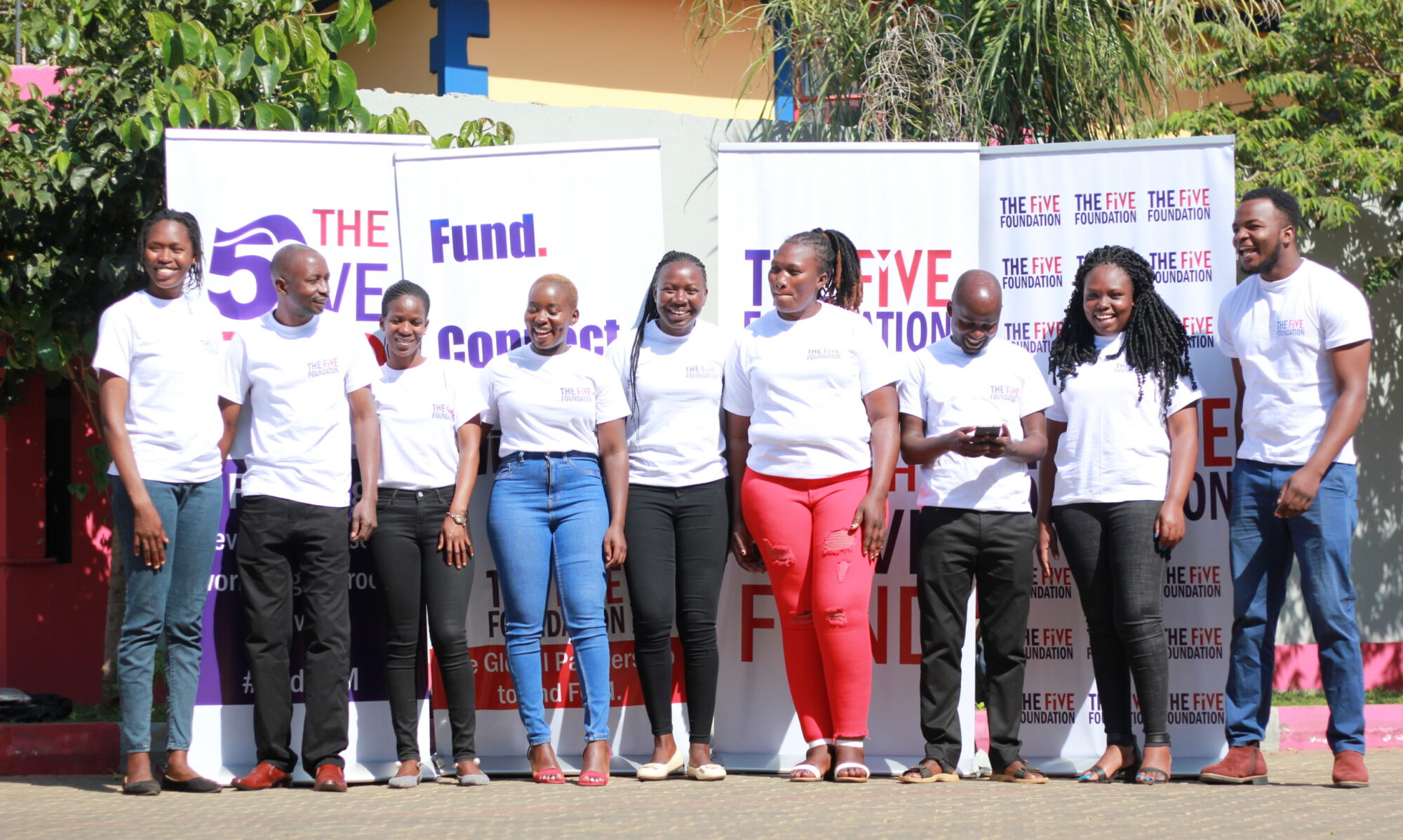Female genital mutilation (FGM) describes any deliberate, non-medical removal or cutting of the female genitalia. It has affected at least 230 million women and girls around the world.
The World Health Organization describes FGM as any procedure that injures the female genital organs for non-medical reasons. It has no health benefits and is in fact very harmful to health in many ways.
It is not unusual for a survivor to not know what type of FGM she may have had. It can be difficult to understand what form the vagina takes after FGM, whether or not she still has a labia or a clitoris, or whether the vaginal opening has been closed. We hope this information will help people to better understand their FGM and to be able to be able to describe their FGM to their partners or to healthcare workers.
Type 1
Clitoridectomy: partial or total removal of the clitoris (a small, sensitive and erectile part of the female genitals) and, in very rare cases, only the prepuce (the fold of skin surrounding the clitoris). This practice is extremely painful and distressing, damages sexually sensitive skin and is an infection risk.
Type 2
Excision: partial or total removal of the clitoris and the labia minora, with or without excision of the labia majora (the labia are the ‘lips’ that surround the vagina). This practice is extremely painful and distressing, damages sexually sensitive skin and is an infection risk.
Type 3
Infibulation: narrowing of the vaginal opening through the creation of a covering seal. The seal is formed by cutting and sewing over the outer, labia, with or without removal of the clitoris or inner labia. This practice is extremely painful and distressing, damages sexually sensitive skin and is an on-going infection risk. The closing over of the vagina and the urethra leaves women with a very small opening in which to pass urine and menstrual fluid. The opening can be so small that it needs to be cut open to be able to have sexual intercourse. Cutting is also needed to give birth and can cause complications, which harm both mother and baby.
Type 4
Other: all other harmful procedures to the female genitalia for non-medical purposes, e.g. pricking, piercing, incising, scraping, stretching and cauterising the genital area.
FGM is illegal in most countries where it is prevalent. It is a form of gender-based violence, it is a human rights violation, and it is a form of child abuse. The lives of women and girls can be ruined by FGM. It causes physical and mental health problems which can go on for all of their lives. It is also extremely distressing and damages women’s relationships and how they feel about themselves.

